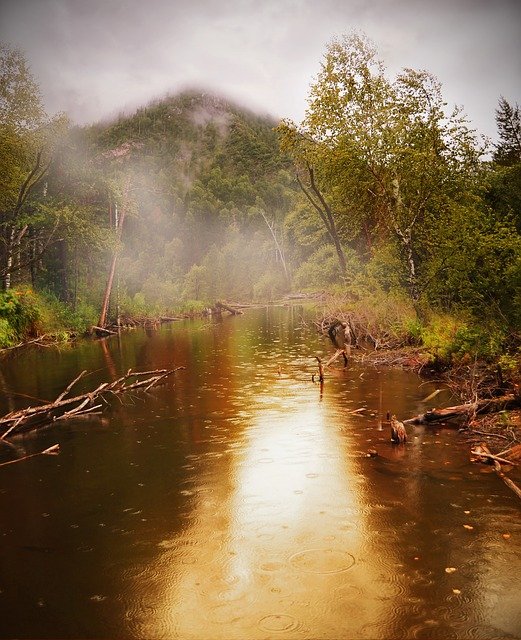Using Reusables in Reducing Kitchen Waste

Disposable packaging – even if it is taken back – results in garbage. Like this or like that. They are not more environmentally friendly by deposit. Reusables, like the wholesale cream chargers, are more resource-saving and environmentally friendly. Reusable plastic containers can be reused up to 25x and reusable glass containers up to about 50. Here are some important hints and common misconceptions.
A deposit is not an indication of reusable!
There are disposable and reusable containers, both of which are taken back by deposit. But disposable becomes garbage. If you throw a disposable plastic bottle into the return machine, you can then hear the press in the background. The bottles are pressed and end up in a huge plastic bag. They are merely collected, which favors material recycling. However, they have to go through the high-energy production process again to make a new container. And you can’t recycle plastics endlessly. They lose quality and ultimately end up in waste or incineration.
Shockingly, canned land has led to a large increase in beverage cans. Consumers apparently believe that collecting via deposit is something good and have a clear conscience. In 2002, 7.5 billion cans were sold. In 2003, sales figures plummeted to 0.3 billion after the introduction of the deposit. But now we are back at 3.51 billion doses/year. But can recycling is time-consuming. The subsequent aluminum granulation must be clean. However, beverage cans have a food protection coating on the inside and paint on the outside. The cans do not automatically become new doses. The recyclate is also sold to the steel industry. For cans, 30% to 50% of new energy-intensive aluminum is needed, especially if sales increase.
To make matters worse, canned wine-based drinks are free of deposits. Cheers hipster drink, bye-bye environment.
ALSO READ: What Are The Benefits Of Breeding Fennec Foxes To The Environment
Marking
Reusable and disposable is marked differently. On reusable, “reusable” is also written on it. Some reusable containers have the eco-label “Reusable – For the Environment” or the “Blue Angel”. They cost 8 or 15 cents deposit (as of 2020).
Money saving tip
- In many regions, our drinking water is better than purchased mineral water. This is due to the soil layers from which it is extracted. See mineral water simply from the tap – 0.004 EUR/liter. You can save tons of money and drag if you simply drink tap water instead of buying mineral water. If you like it bubbly, just buy a water bubbler and that’s it.*)
- Take your own reusable cup with you to buy a drink. Many stores now offer discounts on avoiding disposable cups.

